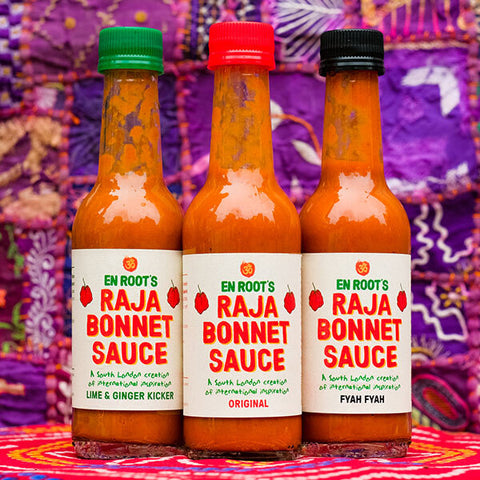Should you eat only meat and avoid carbohydrates entirely? Or go fully vegan and embrace grains, fruits, and vegetables? With so many diets gaining popularity, from keto to vegan, Mediterranean to Paleo, finding the right approach can feel overwhelming. Spoiler: the best diet is likely somewhere in between and specific to each individual.
Drawing insights from Dr. Robert Lustig’s book Metabolical and other studies, this article explores the keto and vegan diets, their origins, benefits, and potential pitfalls, offering a balanced perspective to help you make informed decisions.
What is the Keto Diet?
The ketogenic (keto) diet is a high-fat, low-carbohydrate approach focusing on red meat, high-fat dairy, and green vegetables. It encourages the body to switch from burning carbohydrates to fats, producing beta-hydroxybutyrate, which protects the brain and aids conditions like epilepsy, Alzheimer’s, and Parkinson’s.
History of the Keto Diet
- 1911: Research revealed keto’s effectiveness in reducing epileptic seizures, a benefit still recognised today.
- 1920s Arctic Exploration: Icelandic explorer Vilhjalmur Stefansson advocated keto after thriving on the Inuit diet of 90% meat and fish for four years.
- American Meat Institute Study: Stefansson and Karsten Anderson followed a year-long all-meat diet and remained healthy, proving that fatty meat supported better health than lean meat.
Benefits of Keto
- Improves Insulin Resistance: Reduces stored insulin, helping manage diabetes and promoting weight loss.
- Suppresses Appetite: Reduces leptin resistance, naturally curbing hunger.
- Supports Brain Health: Beta-hydroxybutyrate stimulates neural growth, enhancing cognitive function and physical performance.
Challenges of Keto
- Nutritional Gaps: Deficiencies in magnesium, selenium, and vitamins B and C are common.
- Overreliance on Fats: It’s easier to overindulge in bacon than leafy greens, leading to imbalances.
What is the Vegan Diet?
The vegan diet, rooted in ancient cultures like the Indus Valley civilisation and Ancient Greece, focuses entirely on plant-based foods. Modern veganism promotes cleaner farming, reduces greenhouse gas emissions, and avoids antibiotics and hormones used in animal agriculture.
Benefits of Veganism
- Nutrient-Rich Foods: Fruits and vegetables are packed with fibre, vitamins, and minerals.
- Environmentally Friendly: A vegan lifestyle supports sustainability by reducing carbon footprints.
- Ethical Farming: Avoids animal products and associated farming practices.
Challenges of Veganism
- Nutritional Deficiencies: Vegans often lack iron, omega-3 fatty acids, and vitamin B12, which is only found in animal products.
- Reliance on Supplements: Fortified foods and supplements are necessary to meet B12 requirements. In the UK, many cereals, plant milks, and spreads are fortified with B12 derived from bacterial fermentation.
Why Diets Often Fail
While both keto and vegan diets offer significant benefits, the reality is that most people struggle to stick to them. Research shows that the average person lasts only two months on a restrictive diet before old habits return.
Common Challenges
- Sustainability: Total lifestyle overhauls often lead to burnout.
- Overthinking: Stressing about food choices can negatively impact mental and physical health.
- Processed Foods: Keto and vegan diets can include heavily processed alternatives, which often negate their health benefits.
Finding Balance
The best diet is one that aligns with your body’s needs and is sustainable in the long term. Instead of focusing on labels like keto or vegan, consider these principles:
- Listen to Your Body: Eat when hungry and choose nutrient-dense foods that make you feel good.
- Avoid Processed Foods: Focus on whole, unprocessed ingredients rather than packaged alternatives.
- Ignore Misleading Labels: Not all carbs, fibres, or fats are created equal. Learn what works for your body.
Conclusion
Both keto and vegan diets have compelling histories and benefits, but they’re not one-size-fits-all solutions. Whether you prefer a plant-based approach or a low-carb lifestyle, the key to success lies in personalisation, balance, and sustainability.
As Dr. Robert Lustig’s mantra states: “Protect the liver, feed the gut.” By focusing on whole, nutrient-rich foods, you can craft a diet that nourishes both your body and mind.







Comments (0)
There are no comments for this article. Be the first one to leave a message!